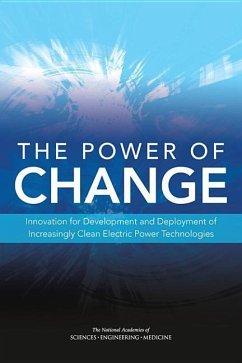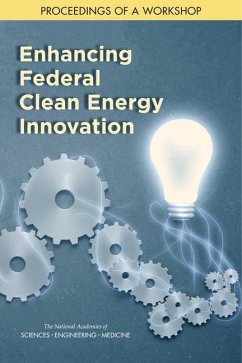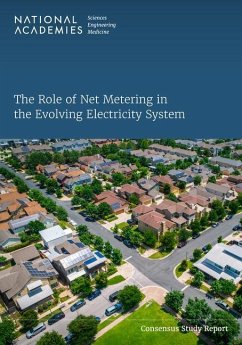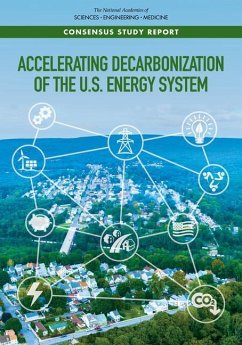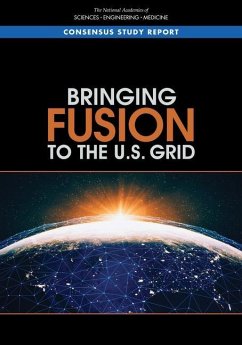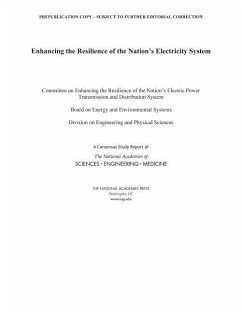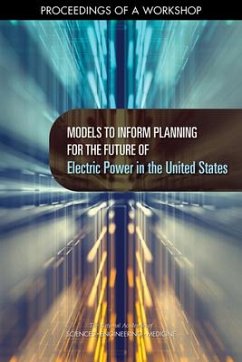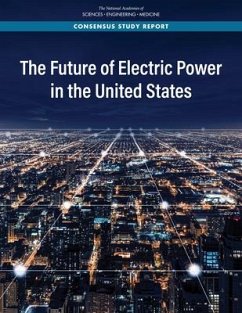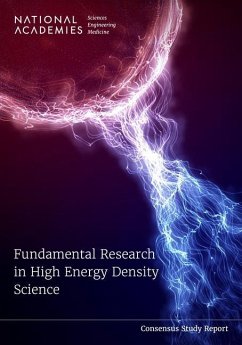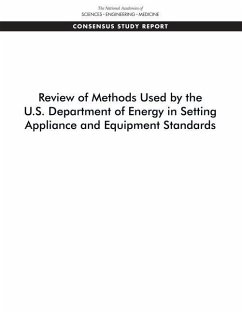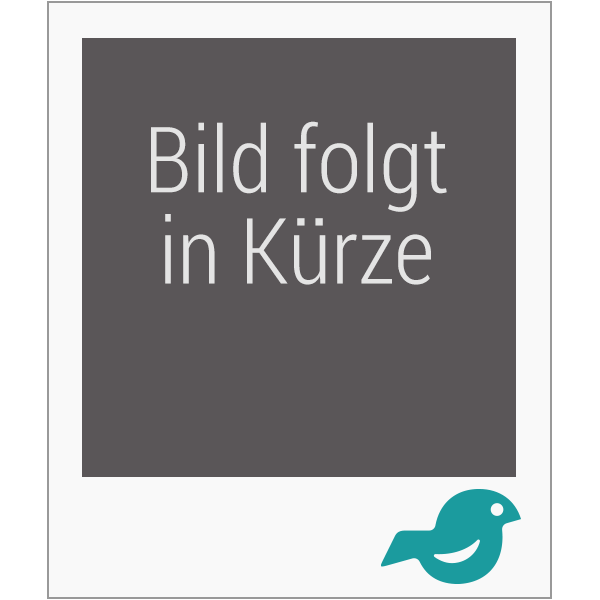
Pathways for New Nuclear Development
Proceedings of a Workshop
Mitwirkender: Kornecki, Kasia; Johnson, Anne Frances
Versandkostenfrei!
Erscheint vorauss. 10. April 2026
22,99 €
inkl. MwSt.
Recent years have brought a renewed focus on the potential for nuclear energy to help meet the United States' growing demands for abundant, reliable, low-carbon energy. Trends such as the increased electrification of transportation and industrial processes, along with the rapid expansion of data centers over the past decade, have accelerated and amplified these demands. Advances in nuclear energy technologies, along with the recent completion of Plant Vogtle - the largest nuclear power plant in the United States comprised of four reactor units - are opening new opportunities to build next-gene...
Recent years have brought a renewed focus on the potential for nuclear energy to help meet the United States' growing demands for abundant, reliable, low-carbon energy. Trends such as the increased electrification of transportation and industrial processes, along with the rapid expansion of data centers over the past decade, have accelerated and amplified these demands. Advances in nuclear energy technologies, along with the recent completion of Plant Vogtle - the largest nuclear power plant in the United States comprised of four reactor units - are opening new opportunities to build next-generation nuclear reactors and sparking interest and dialogue among utilities, investors, policymakers, and communities. However, significant barriers to nuclear power deployment include technical challenges, regulatory hurdles, and investment risks that complicate decision-making timelines. To explore pathways for new nuclear power development in the United States, the National Academies of Sciences, Engineering, and Medicine hosted the workshop Pathways for New Nuclear Development on January 29-30, 2025 in Washington, DC. Building on recommendations from the National Academies' report Laying the Foundation for New and Advanced Nuclear Reactors in the United States, the event facilitated in-depth discussions among policymakers, regulators, community leaders, and technical experts from industry, national laboratories, and academia. Participants examined the challenges of deploying more nuclear power and discussed potential opportunities to overcome some of those challenges, including strategies to facilitate decision making, public engagement, workforce development, financing, regulatory improvement, and construction. Attendees shared their experiences and perspectives regarding the real and perceived risks of new nuclear projects and projected timelines, the opportunities of co-locating nuclear plants with other facilities or in non-traditional locations, and the role different reactor designs could play in meeting growing electricity demand. This publication summarizes the presentations and discussion of the workshop.




